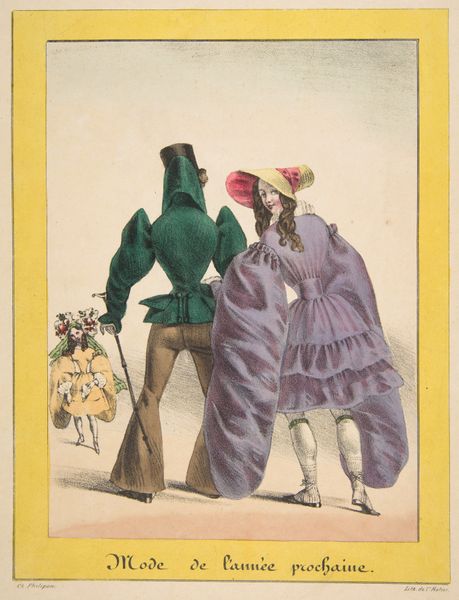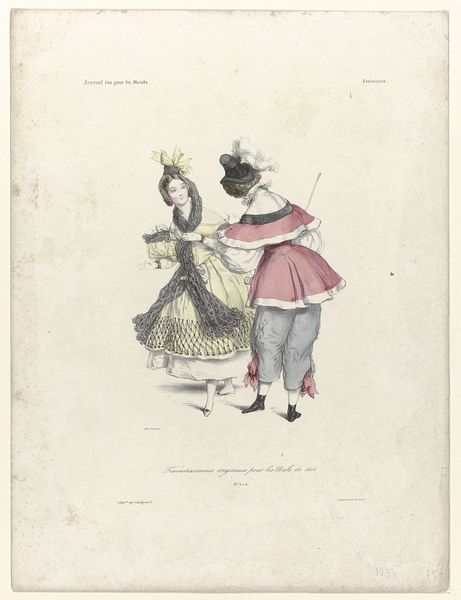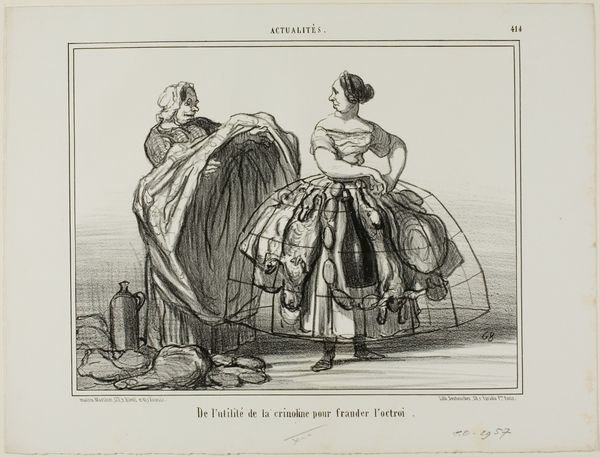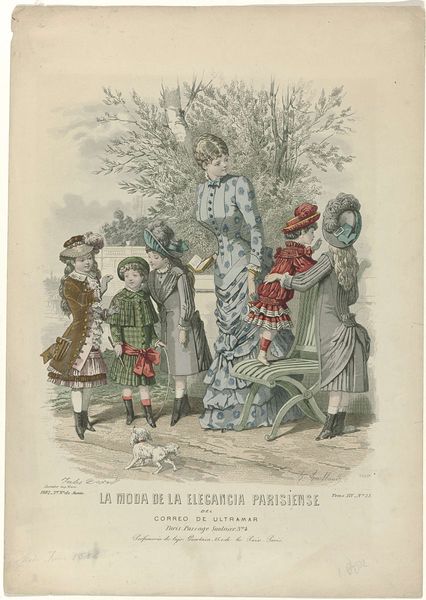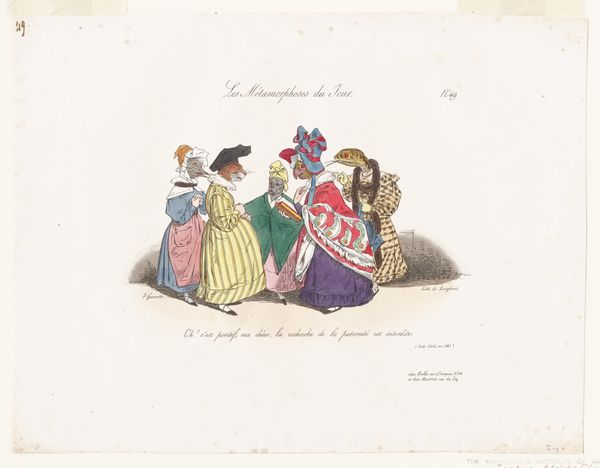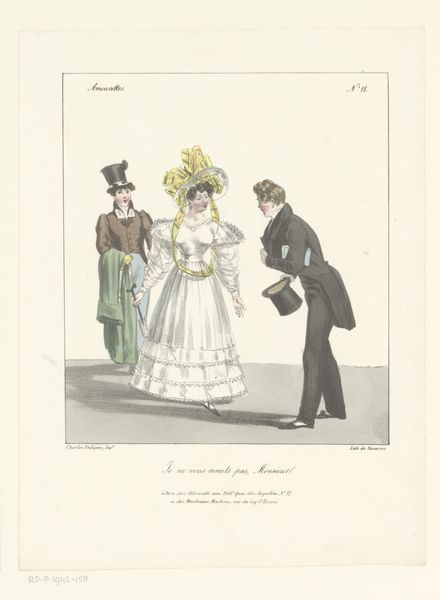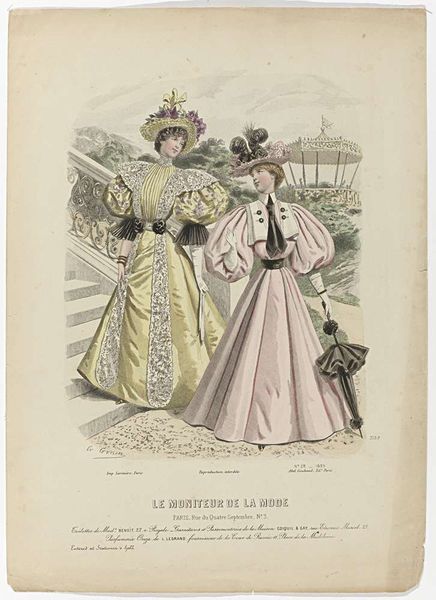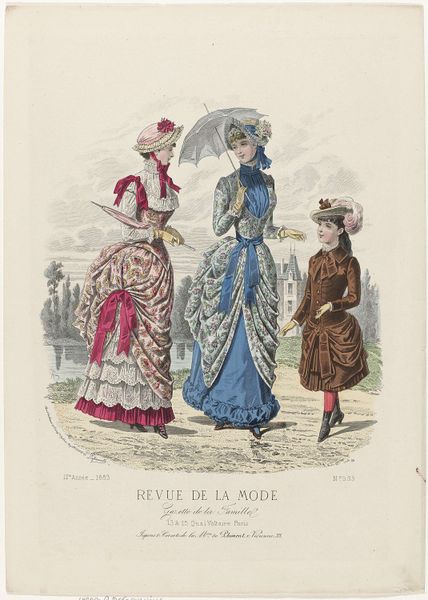
lithograph, print
#
portrait
#
lithograph
# print
#
caricature
#
figuration
#
romanticism
#
genre-painting
Dimensions: 10 x 8 in. (25.4 x 20.32 cm) (plate)
Copyright: Public Domain
Editor: So, here we have “Chinois de parisiens!” from 1832, a lithograph print by Numa, held at the Minneapolis Institute of Art. It's definitely a striking image, almost comical. The figures’ exaggerated costumes make them appear a bit like caricatures, which, given the title, I imagine is the artist’s intent. How do you interpret the visual symbolism in this print? Curator: The title itself, “Chinois de parisiens!”, already sparks an interesting interplay. The term "chinoiserie" became popular throughout Europe in the 17th-18th century referencing asian artistic influence on the West. But it also spoke to cultural stereotypes that may have persisted into the 19th century. Why do you think the artist chose that title? Editor: Perhaps he was poking fun at Parisian society, implying that their fascination with fashion made them appear foreign or absurd. Or perhaps they mimicked an aesthetic from the far East? Curator: Exactly! Consider the era—Romanticism, yet the sharp lines suggest social critique too. These exaggerated silhouettes became symbolic of the "Incroyables," almost an anti-fashion statement of the time, mocking the aristocratic styles after the Revolution. Notice how each figure distinctively wears exaggerated accessories to make bold statements. This image thus becomes a visual record of not only style but shifting identities. What do these "Incredible" caricatures tell us? Editor: It gives us a window into the changing societal norms, or at least a commentary on them. It shows how clothing, even in its absurdity, can reflect identity. I didn’t even pick up on those layers initially. Curator: And that's the beauty of art—it's a visual echo chamber of history, culture, and the ever-changing self. I will definitely be contemplating the influence of popular stereotypes when considering historical artworks from now on!
Comments
No comments
Be the first to comment and join the conversation on the ultimate creative platform.



